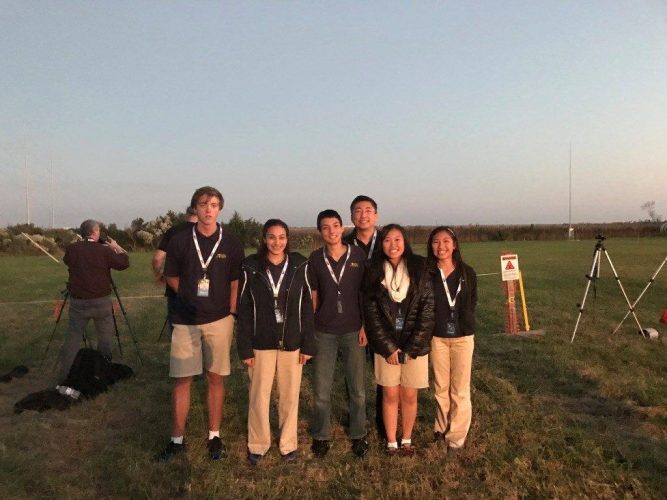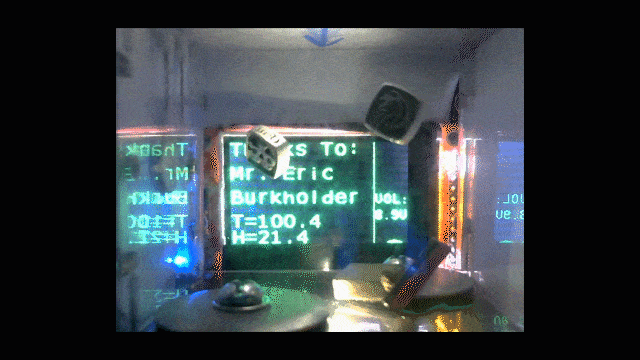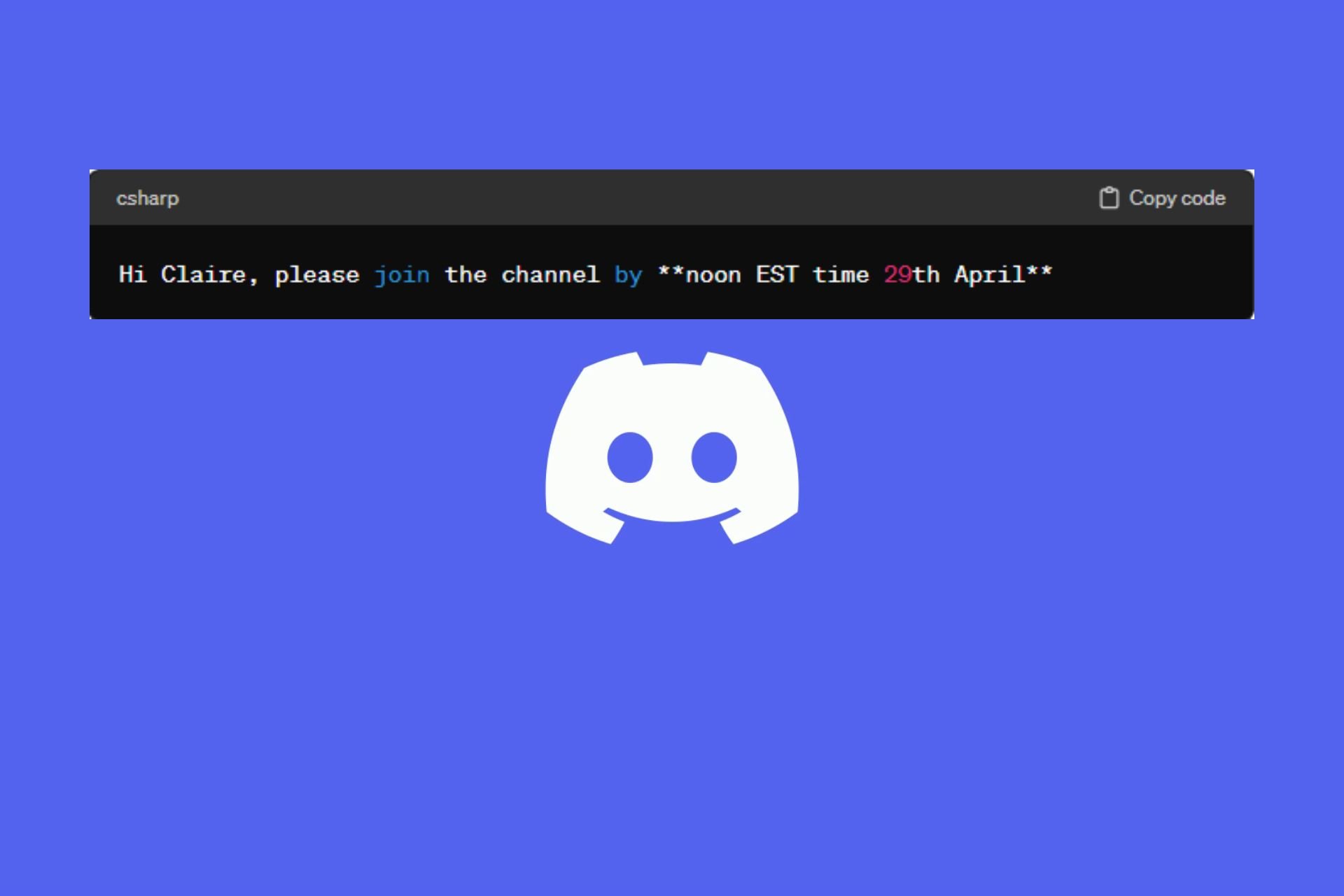Windows 10 IoT experiment on the International Space Station gets its first feedback
2 min. read
Published on
Read our disclosure page to find out how can you help Windows Report sustain the editorial team Read more

Microsoft’s collaboration with Quest Institute has finally reaped some substantive results for students that launched their Windows 10 IoT experiment into space.
Last month, Quest Institute sent up their first Windows 10 IoT experiment via their NextGen ISS Platform. The project created by three students in San Jose, CA was presented during the Microsoft BUILD 2016 conference earlier this year. The prototype was built to test vibrations and pliability of metals in microgravity environments such as those in space. The experiment platform was flown up to the International Space Station by the Antares OA5 Mission rocket and connected successfully.
The International Space Station (ISS) is a microgravity laboratory with six crew members that live and pilot the station to rotate around the Earth every ninety minutes. For almost two decades, only approximately 200 people have had the opportunity to set foot on the ISS.
Last week, the student finally got their first results from outer space. While the live feed still has much to interpret for the students, this is a major step for STEM education.
Now students and educators are working together to bring their experiments and engineered projects to the unreachable. Starting with Lego Mindstorm, even elementary children can begin to dive into the world of technology and engineering thanks to Microsoft and Quest Institute’s NextGen ISS Platform.









